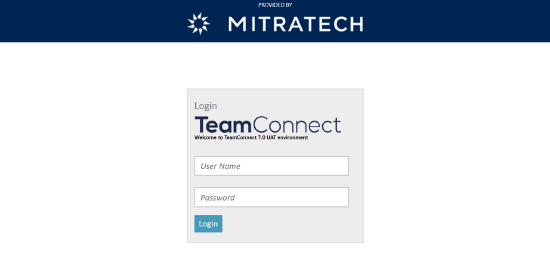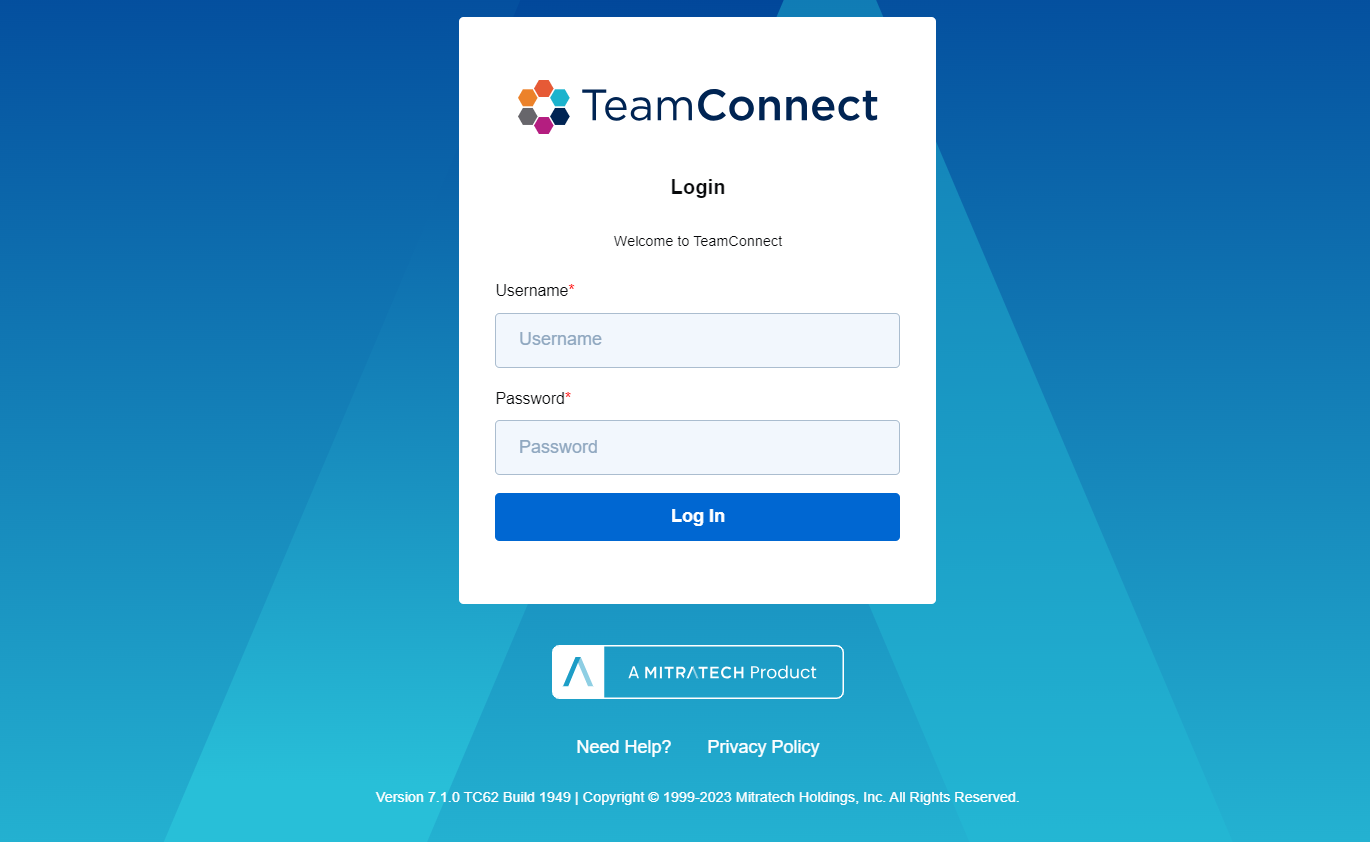Authenticating Users
Login procedures vary based on the authentication mechanism used by your organization.
There are two main methods:
- Standard Login
- Single Sign-on Authentication
Standard Login
If you access the login URL and see a screen with username and password fields, your organization uses the standard login. This type of authentication compares your username and password with stored information and grants access if a match is made. For further details as well as notes on the Forgot Password functionality, see Logging In.
| TCE Login Page | For TCE 7.0 and below versions | For TCE 7.1 and above versions |
 |
 |
Single Sign-on Authentication
Single sign-on authentication lets you log in without providing a username and password assuming you are identified through some local network authentication process. If you are successfully authenticated, a new window opens and displays your home page. For more details on logging in using single sign-on, contact your administrator.
If you close the window or your session expires, you cannot reuse the original window even if you are still logged in to your local network. To use single sign-on again, you must open a new browser window and go to the login URL.
Please note that TeamConnect supports authentication via SAML and LDAP methods, and has discontinued support for NTLM.

